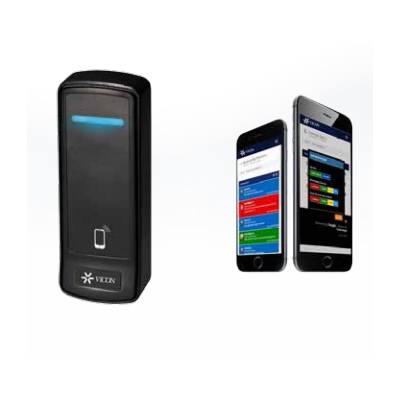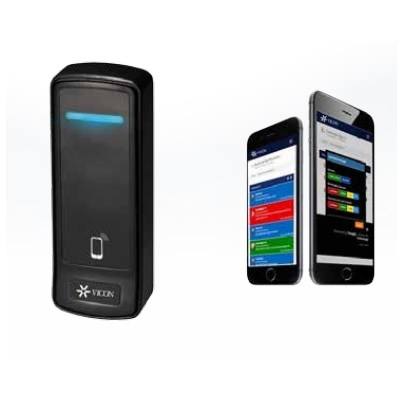Check out our special report on casino security
Vicon VAX-500R proximity reader
Technical Specification
- Make: Vicon
- Model code: VAX-500R
- Reader Type: Proximity
- IP Rating: IP67
- Mount Type: Surface mount
Vicon VAX-500R is a proximity reader based upon proven contactless digital radio frequency identification (RFID) technology, VAX-500R readers interface with Vicon's VAX access control system by complying with the Wiegand communication protocol. They offer value-add features such as MAXSecure™ and fleaPower™ and support VAX proximity card and tag technologies. Additionally, VAX cards and tags are passive devices, eliminate maintenance by requiring no battery, and can be ordered to support several proximity reader technologies.
Read more| Make | Vicon |
|---|---|
| Manufacturer | Vicon Industries |
| Category | Access Control>Access control readers |
| Model code | VAX-500R |
| Reader Type | Proximity |
| IP Rating | IP67 |
| Mount Type | Surface mount |
| Read Range mm | 202 mm |
| LED / Beep | Beeper included standard |
| Colour | Black and a white snap-on cover included standard |
| Wiegand Interface | Yes |
| Electrical Specifications | Voltage: +5 ~ 16 V DC |
| Physical Specifications |
Dimensions mm: 76 × 117 × 10 Weight g: 113 |
| Environmental Specifications | Operating Temp oC: -40 ~ +65 C (-40 ~ +149 F) |
| Protection | IP67 |
| Additional info | Vicon VAX-500R is a proximity reader based upon proven contactless digital radio frequency identification (RFID) technology, VAX-500R readers interface with Vicon's VAX access control system by complying with the Wiegand communication protocol. They offer value-add features such as MAXSecure™ and fleaPower™ and support VAX proximity card and tag technologies. Additionally, VAX cards and tags are passive devices, eliminate maintenance by requiring no battery, and can be ordered to support several proximity reader technologies. |
More Vicon Access control readers
Related Whitepapers
Designing video management systems using H.265
Sinaloa, Mexico: Connected cities are safer cities
Making sense of today’s security camera options
One system, one card
DownloadEnhancing physical access control using a self-service model
DownloadAligning physical and cyber defence for total protection
DownloadUnderstanding AI-powered video analytics
DownloadHow to implement a physical security strategy with privacy in mind
Download










